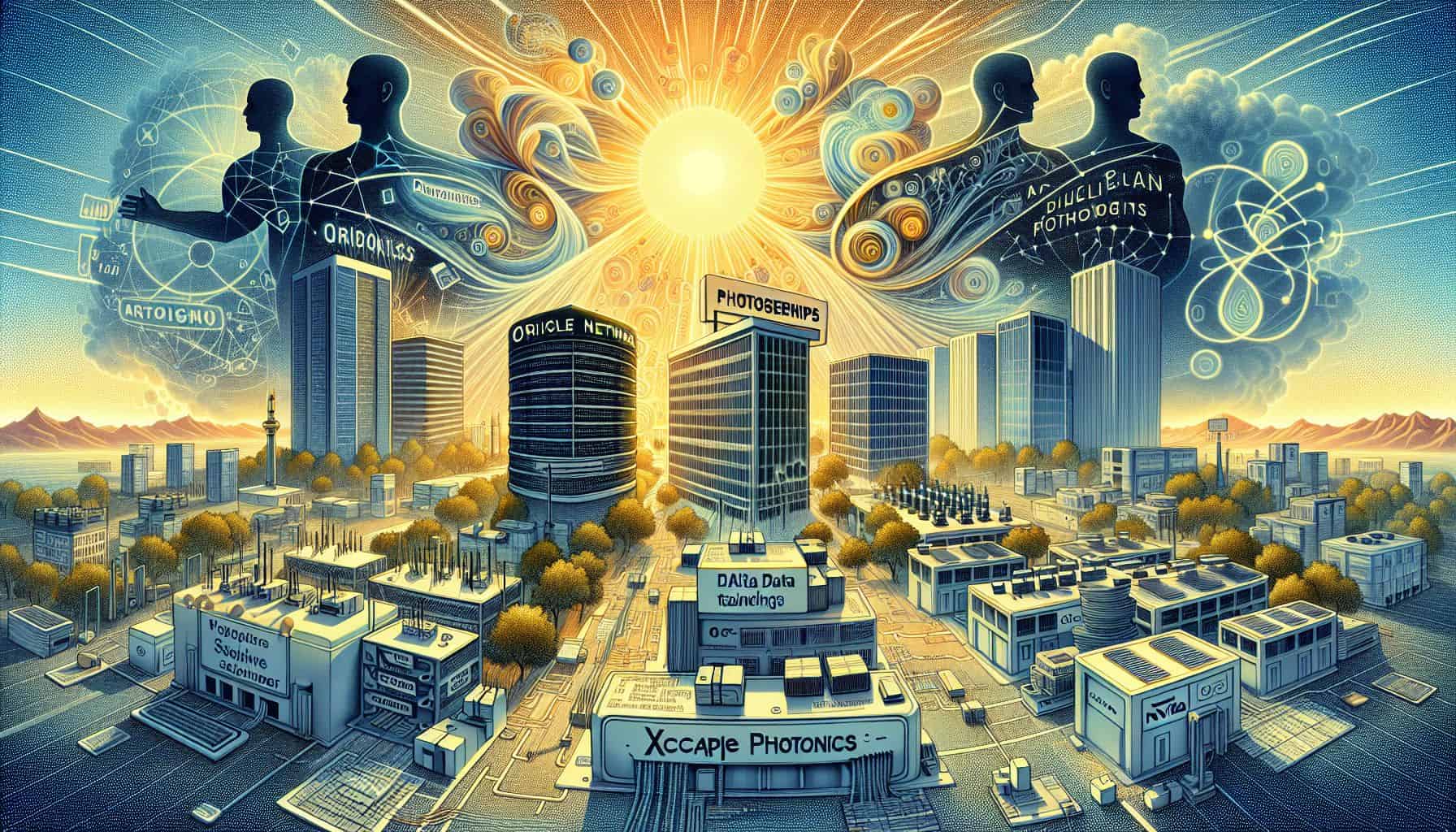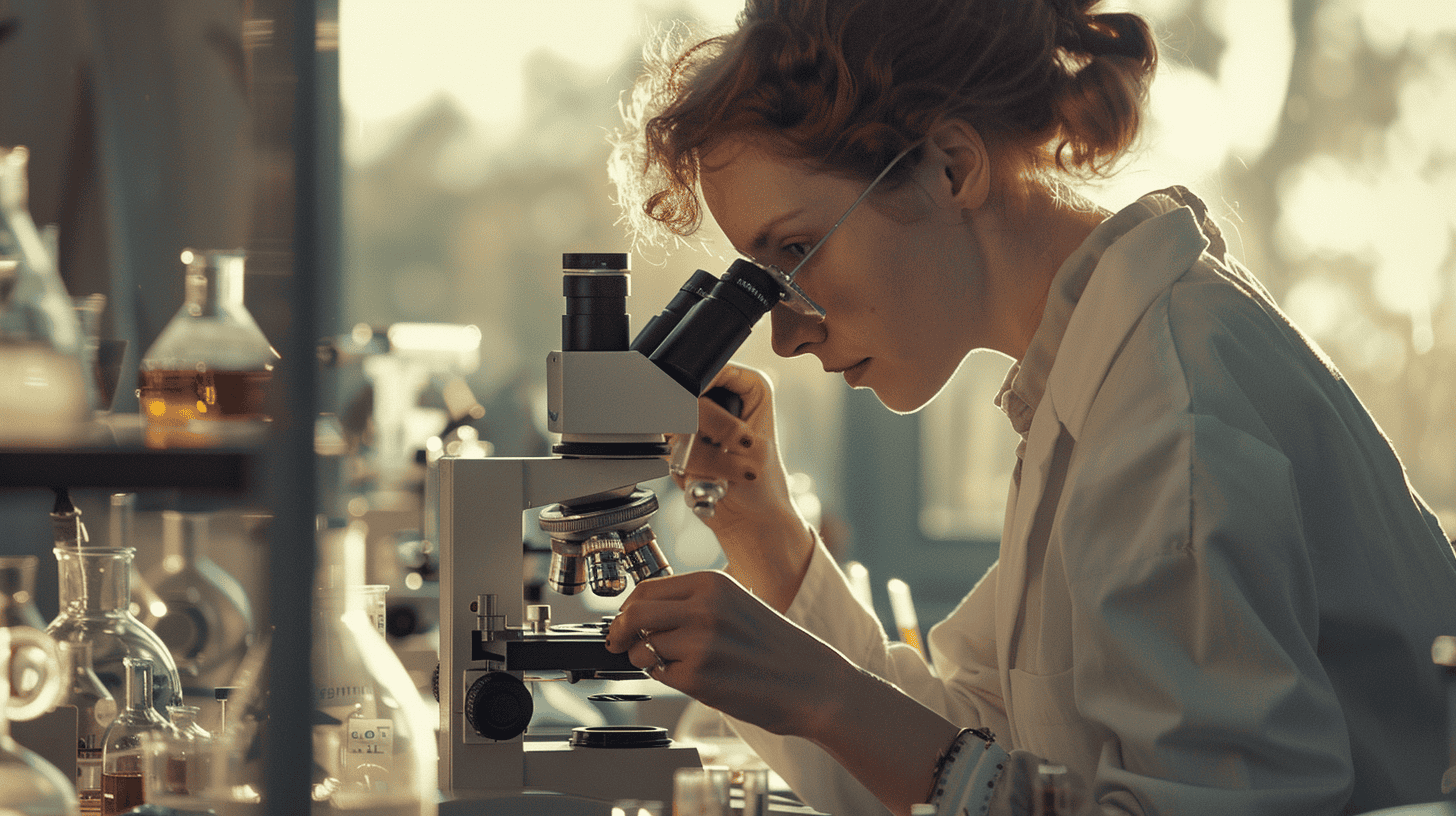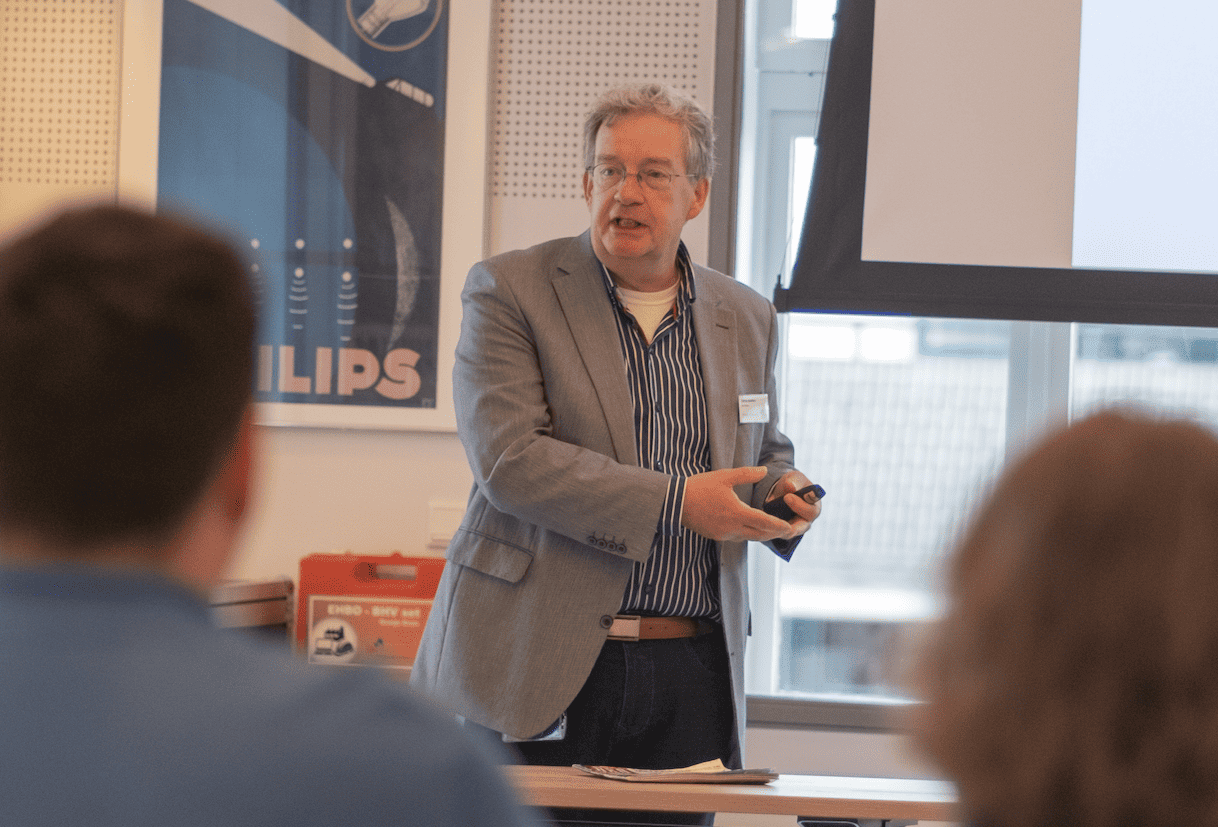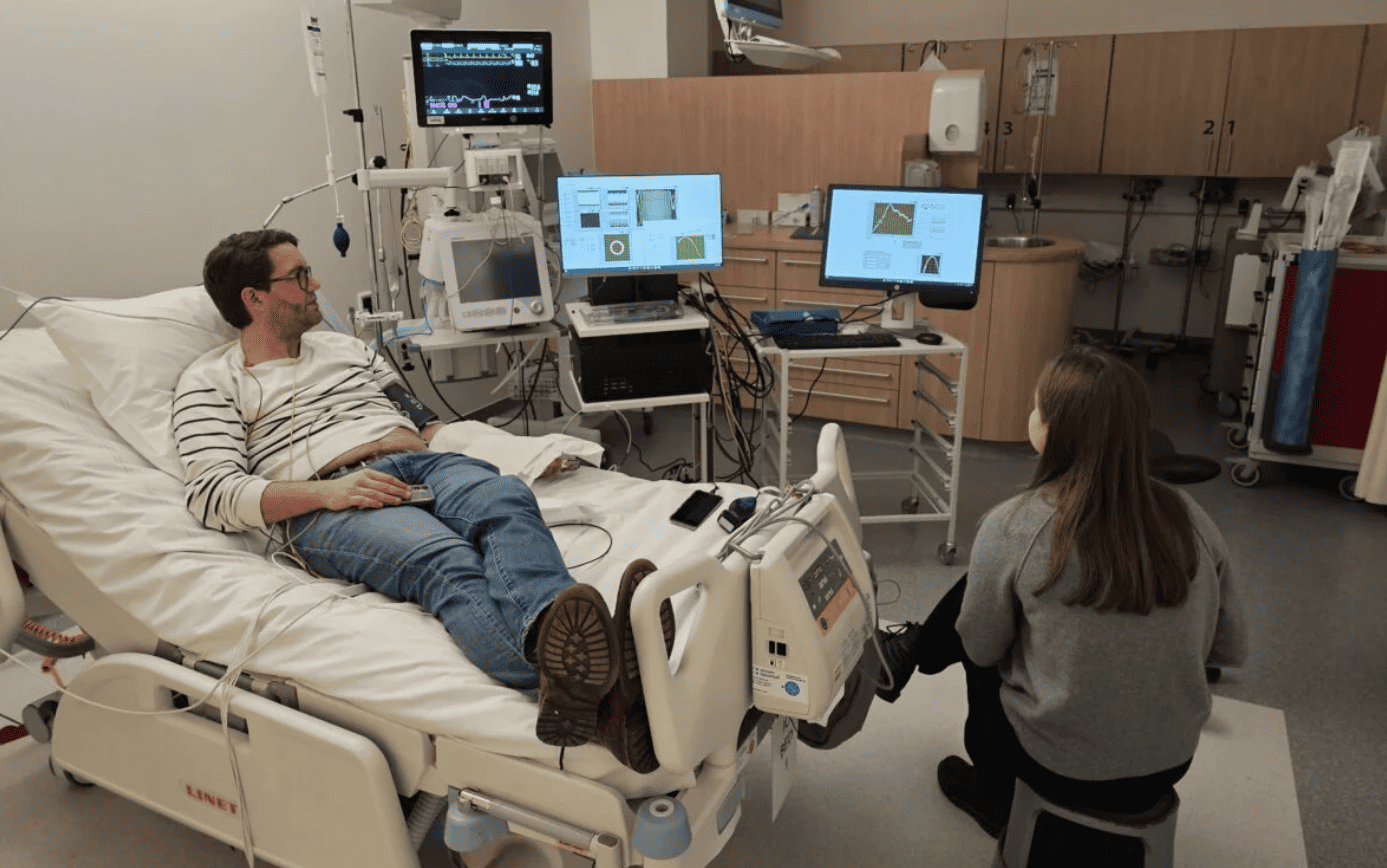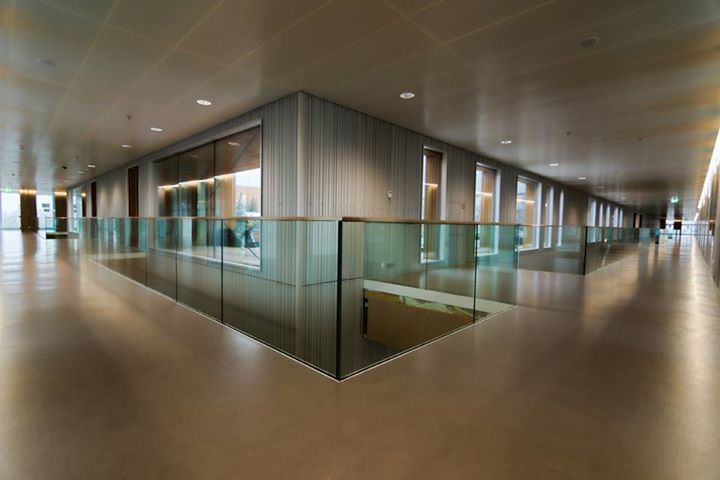
Jaime Gómez Rivas, professor at the Applied Physics department and group leader at the DIFFER energy institute, wins one of the 34 Vici grants of NWO this year. The Vici grant, of 1.5 million euros, is one of the biggest personal research grants in the Netherlands.
 Gómez Rivas, who is Surface Photonics professor, gets the grant because of his pioneering role in the area of material research for photonics. Below you can read the summary of his awarded research proposal titled SCOPE.
Gómez Rivas, who is Surface Photonics professor, gets the grant because of his pioneering role in the area of material research for photonics. Below you can read the summary of his awarded research proposal titled SCOPE.
Strongly Coupled Optoelectronics (SCOPE)
The performance of optoelectronic devices (devices that emit light from an electrical current or produce a current from light) is determined by material properties such as the diffusion of bound electrical charge excitations, i.e., the so-called excitons. In materials with a high degree of structural disorder, which are typically easy to process and, consequently, interesting for applications such as solar cells and detectors, this diffusion is reduced by the disorder and the efficiency of devices is severely limited.
In this project, researchers will investigate the coupling of light to materials developed for optoelectronic applications. These material are organic blendes used in organic solar cells and novel two-dimensional semiconductors developed for ultrathin devices. In particular, a regime of this coupling, known as strong light-matter coupling, will be investigated. Strong light-matter coupling corresponds to the situation in which light hybridizes with excitons in the material to form the so-called exciton-polaritons. Exciton-polaritons are half-light and half-matter particles that are expected to diffuse over much longer distances than excitons in normal materials due to their hybrid character.
In order to achieve strong coupling it is necessary to confine light in an optical cavity, which is typically formed by a pair of very good mirrors, and place the material inside. This configuration limits the use of strong coupling in optoelectronic devices, such as solar cells or photodetectors, in which the material needs to be exposed as good as possible to light. Therefore, researchers will use open cavities recently discovered, which are easy to access by light from the outside. These cavities are formed by periodic arrays of metallic nanoparticles with very precise structure and dimensions to achieve strong coupling to materials deposited on top. Researchers will also investigate the condensation of exciton-polaritons in open cavities formed by arrays of nanoparticles. This condensation corresponds to the accumulation of the exciton-polaritons in the same state, i.e. the ground state. By controlling the dimension of the nanoparticles and the structure of the array, researchers will achieve control of the flow of exciton-polaritons, opening a myriad of possibilities for fundamental research and applications.
(Source: press release TU/e)
Picture: DIFFER



